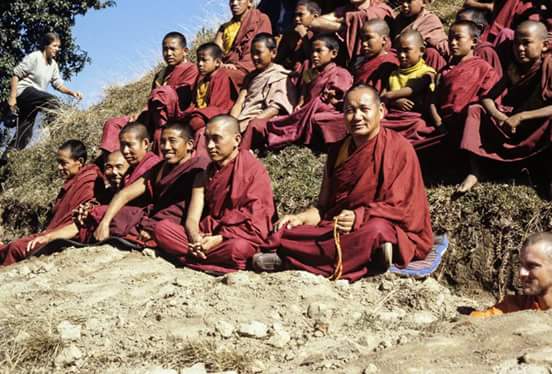
Lama Zopa Rinpoche: The selfish attitude, anger and other disturbing thoughts become weaker and smaller by doing the preliminary practices.
Lama Zopa Rinpoche: Blessings of the Merit Field

Lama Zopa Rinpoche: The selfish attitude, anger and other disturbing thoughts become weaker and smaller by doing the preliminary practices.
Generating realizations and actualizing the graduated path to enlightenment, from guru devotion up to enlightenment, all comes from having received blessings. Each time we generate a realization in our mind, we have received a blessing. Each time we generate a realization or our mind changes and becomes more subdued, at that time we are receiving blessings. Before, the mind was completely empty of understanding karma, not knowing the cause of happiness and the cause of suffering at all. But now, we find a little bit of faith slowly arising as our understanding grows. That means many blessings have been received. Continue reading
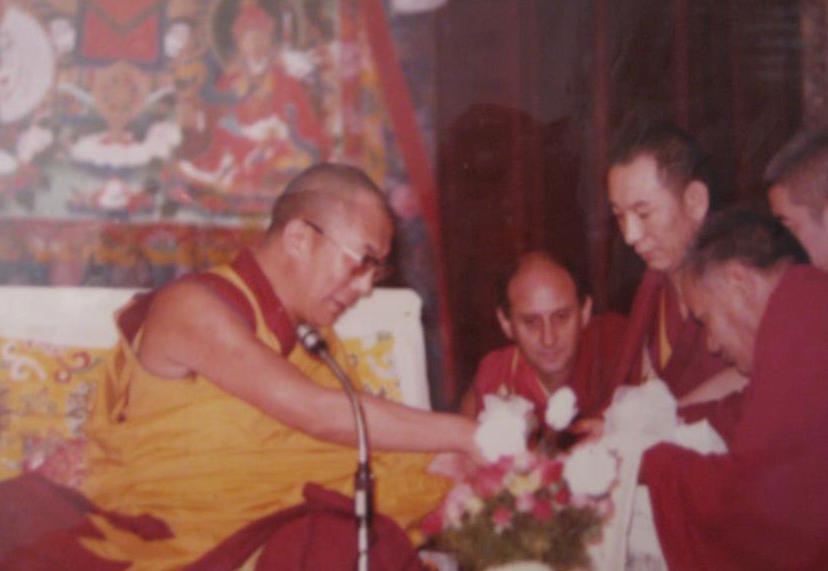
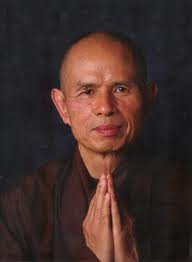
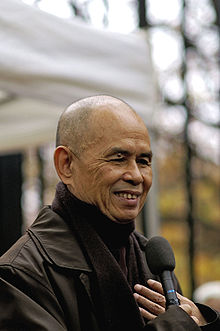
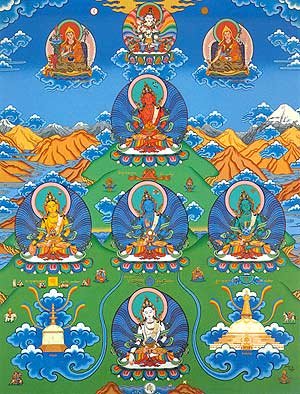
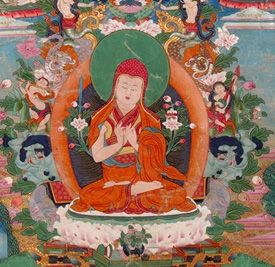

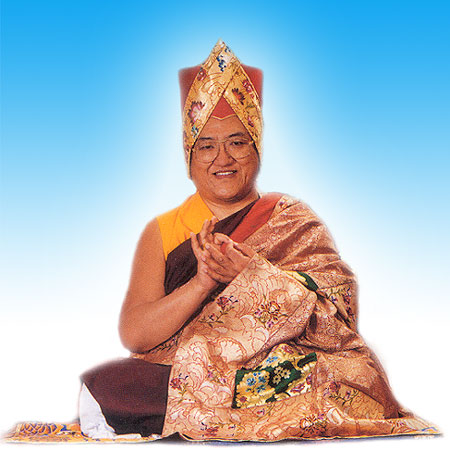

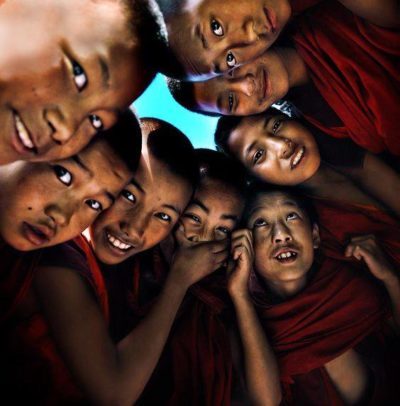
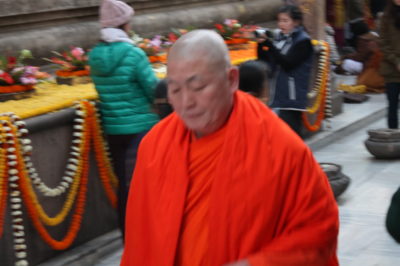 Matt Lindén:
Matt Lindén: 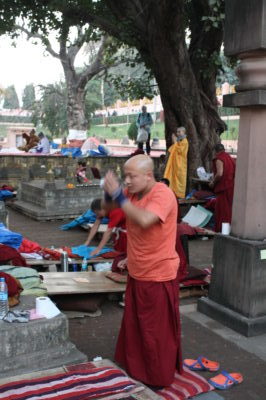 Matt Lindén: Apprendimento SEE: un programma di formazione in valori universali.
Matt Lindén: Apprendimento SEE: un programma di formazione in valori universali.